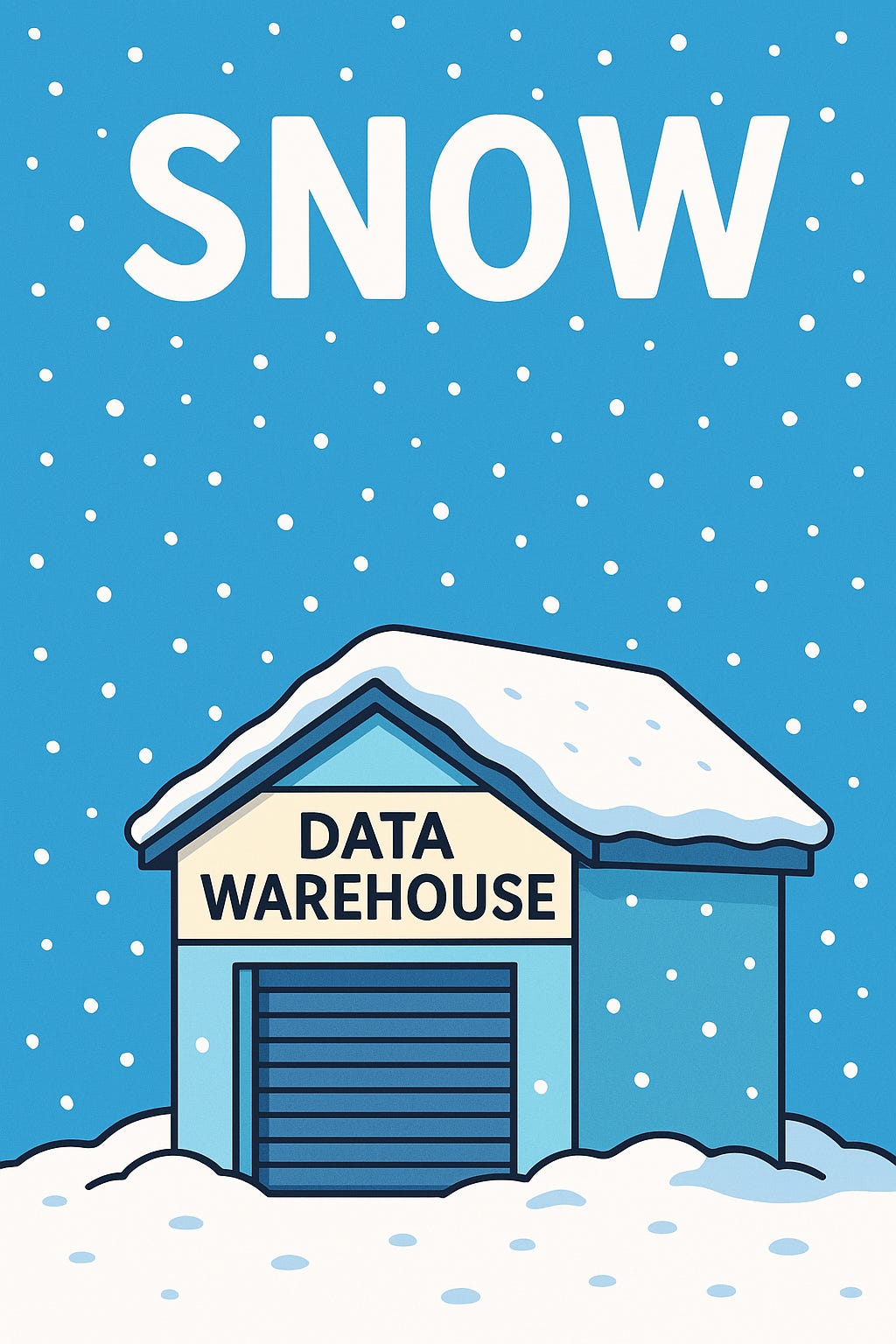40% of the Global 2000 Use Snowflake—and Why Snowflake is Getting Back into Popularity?
In our recent client conversations—we're seeing a surge of interest in two platforms in particular: Snowflake and Elastic. Once seen as complementary or niche, both are now being evaluated as foundational layers for AI readiness, cloud spend visibility, and workload consolidation. The questions enterprises are asking today signal a shift: from “How do we store data?” to “How do we operationalize it—and at what cost?”
Once viewed as back-office plumbing, the cloud data warehouse has evolved into the strategic control plane of the modern enterprise—underpinning everything from AI model pipelines and real-time analytics to governance, compliance, and workflow automation. But few companies embody this transformation more fully than Snowflake.
Snowflake is no longer just a high-performance SQL engine. With the rollout of its Generation 2 (Gen2) Warehouses, the launch of Openflow (a fully managed data integration engine), and the maturation of its Cortex AI platform, Snowflake is positioning itself as the core runtime for enterprise-grade GenAI.
This article dives into Snowflake, offering a glimpse into the real questions clients are asking—exploring the infrastructure moves, Cost, AI-native design decisions, and monetization layers that investors and operators alike are closely tracking.
In Part 2, we’ll turn to Elastic, a platform long associated with observability and enterprise search, but now expanding its role in AI-powered logging, vector search, and real-time semantic analytics.
Let’s start with the sharpest questions from clients shaping enterprise Snowflake adoption today:
Cloud Data Warehousing Trends
What is the current size and projected CAGR of the cloud data warehousing market?
How do Snowflake, Databricks, and BigQuery compare across the core layers of GenAI infrastructure?
Snowflake – Cost models, Workloads, Expansion, and AI Relevance
Why are only around 40% of Global 2000 companies using Snowflake, despite its leadership in cloud data platforms — and does the continued presence of Redshift, Fabric, BigQuery, Databricks, and legacy players like Teradata/Dremio/Oracle suggest that the market is already mature, or is broader enterprise adoption still ahead?
What is Snowflake's new feature Generation 2 Engine? & What is Snowflake's Openflow?
How does Reverse ETL adoption trends benefit stickiness on Snowflake?
How does Snowflake’s consumption cost model scale across small AI teams, GenAI Ops units, and enterprise-grade AI infrastructure?
How are organizations splitting Snowflake usage between mission-critical workloads and exploratory analytics or ML?
In a tighter budget climate, how are enterprises optimizing Snowflake usage without sacrificing agility or performance?
Is Snowflake growth being driven by more users—or by heavier usage per user across AI and analytics teams?
Is Snowflake still “just a business intelligence data warehouse”—or is it becoming a full-stack transactions(OLTP), analytics(OLAP) and vector database platform to support the emerging gen AI applications ?
Why growing number of enterprises have both Snowflake and Databricks deployments?
Does zero-copy ETL with Salesforce Data Cloud represent a strategic synergy—or a potential headwind for Snowflake compute revenue?
ElasticSearch (Part 2)
Please note: The insights presented in this article are derived from confidential consultations our team has conducted with clients across private equity, hedge funds, startups, and investment banks, facilitated through specialized expert networks. Due to our agreements with these networks, we cannot reveal specific names from these discussions. Therefore, we offer a summarized version of these insights, ensuring valuable content while upholding our confidentiality commitments.
Cloud Data Warehousing Trends
We’ve seen a noticeable shift in how enterprise data teams think about their warehouses—not just as reporting layers, but as engines for AI enablement. The demand curve is no longer tied just to BI headcount—it’s expanding across ML, marketing ops, and even product teams
Enterprises continue to migrate data warehousing to the cloud for flexibility and scalability. In recent surveys, only about 18% of IT managers still keep all data warehouses on-premises, while roughly 47% have moved entirely to public cloud and the rest use a hybrid mix.


